Port and Madeira: The Sweet Success of Portuguese Fortified Wine
Centuries ago, port and Madeira put Portugal on the map—and now these fortified wines are finding favor with a new generation of collector and oenophile
Centuries ago, port and Madeira put Portugal on the map—and now these fortified wines are finding favor with a new generation of collector and oenophile
Portugal may no longer be the king of the seas, but its unique fortified wines, developed nearly six centuries ago, remain the world’s most coveted sweet wines. While port has long been a collectible standard, lately its cousin from the tropical island of Madeira has been making a remarkable comeback. Together, they represent the ultimate in cellar selections: inimitable flavors, almost eternal shelf life, and sweetness levels that span the entire taste spectrum.
But back to the 1500s, when the Portuguese ruled international waters and were the first to circumnavigate the globe. Wine was a common cargo, used to pacify surly crews and to trade in distant harbors. Over time, the Portuguese discovered that fortifying their wines with brandy helped to stabilize them during transport, leading to the development of both port and modern Madeira.
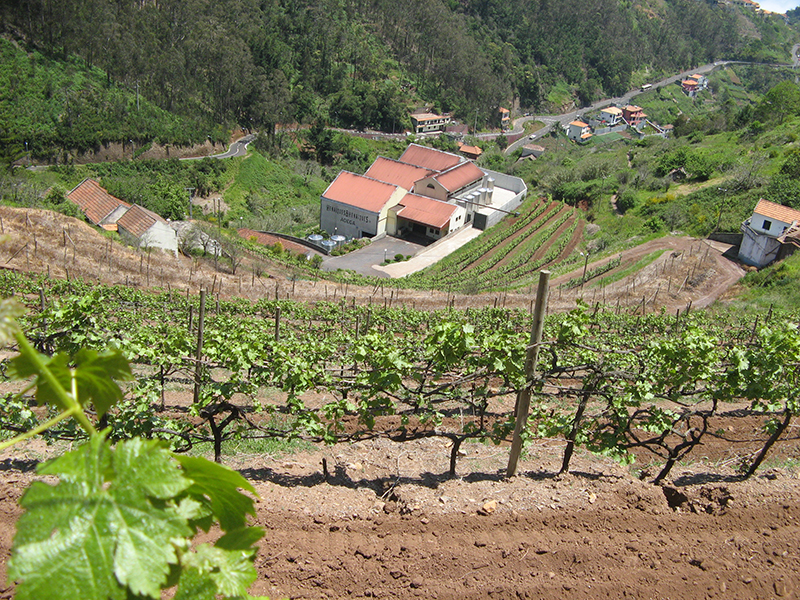
Port wines are always sweet and range from fruit-driven ruby bottles to vintage-dated, cask-aged tawny wines, which have more sophisticated aromatics and flavors. Grown from some of the world’s steepest vineyards in the Douro Valley, port wines can stay in the cellar for centuries. Their initial production mirrors dry wine, but these aromatic reds are fortified with brandy during fermentation, leaving the finished wines with their sweetness and candied flavors.
Madeiras, on the other hand, tend to be more complex. As winemaker Humberto Jardim of Henriques & Henriques, one of the island’s most acclaimed producers, explains, Madeira never spoils, even after the bottle has been opened. “The big distinction for Madeira compared with other fortified wines is its acidity, a characteristic that results from the Madeira Island terroir.”
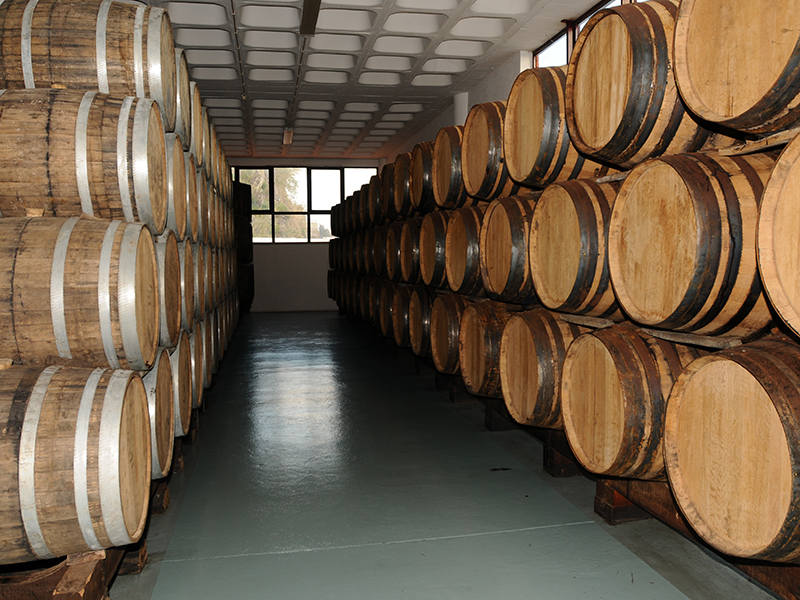
Madeira is about 500 miles (805 km) southwest of Portugal, and the only premium wine region where vineyards share acreage with banana plantations. This volcanic island off the coast of Morocco makes its namesake wines impossible to imitate, by combining acidic grapes with a climate ideal for Madeira’s unique vinification process.
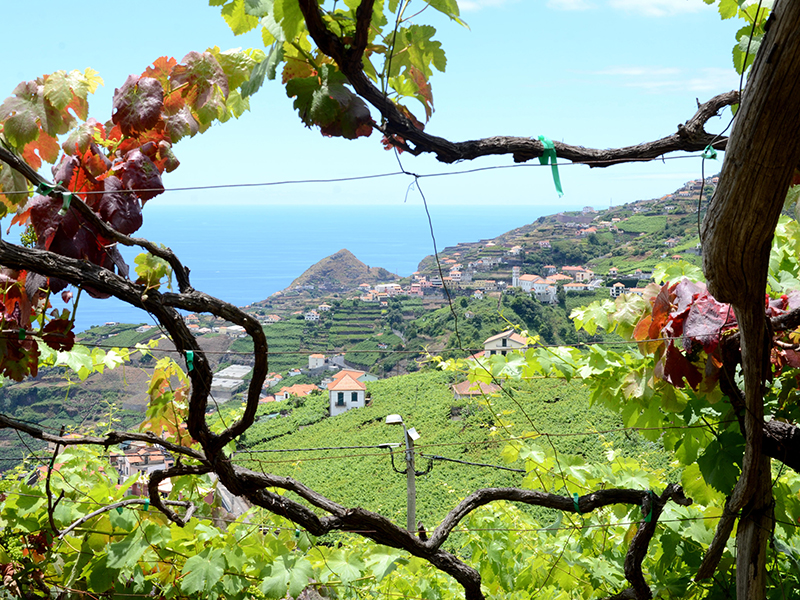
When barrels of early Madeira emerged in faraway harbors, the dark brown liquid barely resembled the wines taken on board. During the trip, the light, fruity whites had transformed into caramel-colored nectars with candied aromatics and nutty undertones. Though the first barrels were a surprise, the style became exceedingly popular.
Slowly, winemakers on Madeira developed techniques for replicating the below-decks aging process. Known today as maderization, the method involves cooking the wine at temperatures that would be blasphemous in cellars anywhere else. After the grapes are picked and fermented, wines are heated to 122 degrees Fahrenheit (50°C) for three months or more. This transforms the flavors and stabilizes the wines. Afterwards, the wine is returned to oak barrels for aging, and fortified to give the finished wines an alcoholic content similar to port—typically between 17 and 22 percent ABV.
The big distinction for Madeira compared with other fortified wines is its acidity, a characteristic that results from the island terroir.
“Madeira gets its intensity and quality from that aging,” explains Christie’s Head of Wine Edwin Vos. “As soon as it’s bottled the development stands still. When selecting the best wines, it’s the aging time in cask to look for, if it’s indicated on the bottle.”
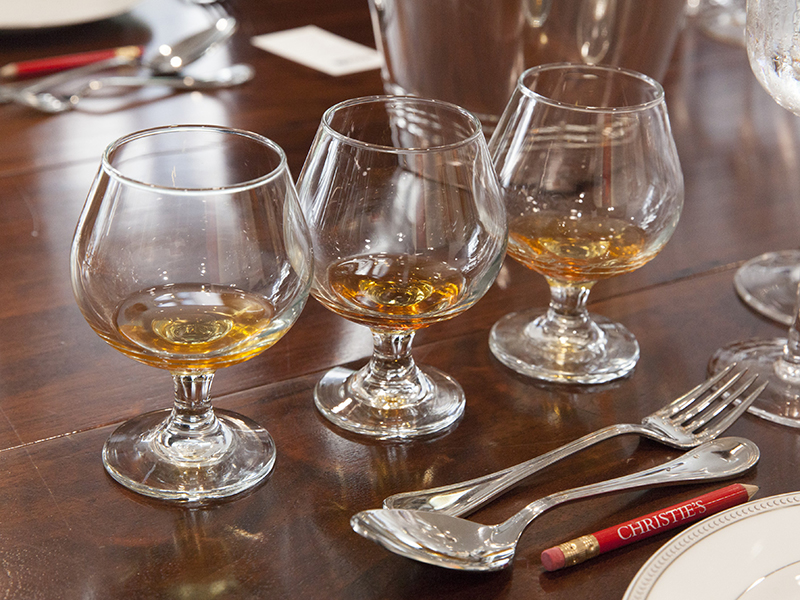
Maderization does more than add sophisticated flavor and nuance to simple wines. The process preserves the wine, making the finished bottles bulletproof against traditional foes like oxygen, heat, vibration, and light. As a result, Madeira is incredibly shelf-stable and can last forever even once its container is opened.
In 2015, a cache of wine and liquor was discovered behind a false wall at the Liberty Hall Museum in New Jersey. Vintage dates could still be read on dust-covered bottles of Madeira, some of which dated back to 1796, and the quality was astounding. The Madeira collection recently went under the hammer at Christie’s New York, as part of its Finest Wines and Spirits Sale, which totaled $3,015,521 (including buyer’s premium.) An Old Sercial Madeira sold for $39,200, while 20 single-bottle lots of the fabled, 18th-century Lenox Madeira also achieved exceptional results.
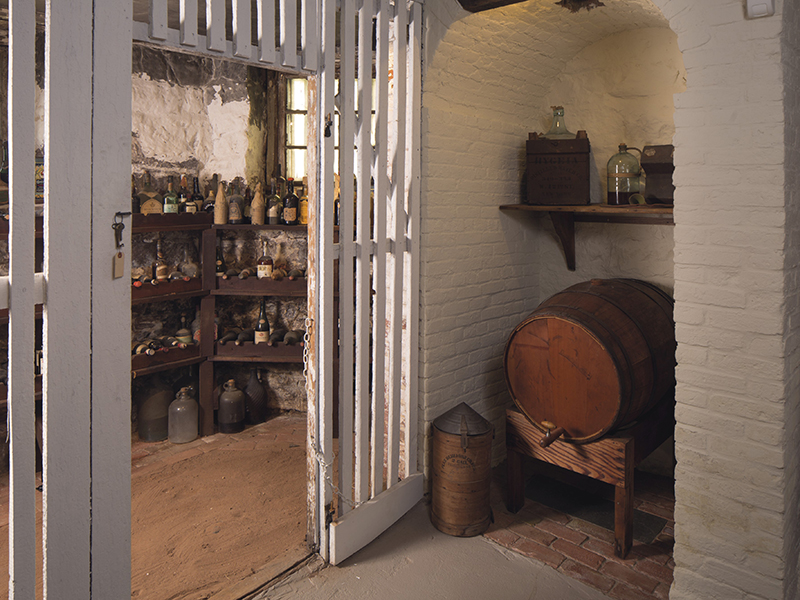
While the majority of aged Madeira is slightly sweet, these brilliant wines aren’t reserved for post-dinner sipping. It’s possible to create a multicourse feast where fortified wines steal the show from stalwarts like burgundy and champagne. The signature acidity that lends Madeira its unparalleled structure also makes the wines versatile on the table, as Jardim is quick to point out.
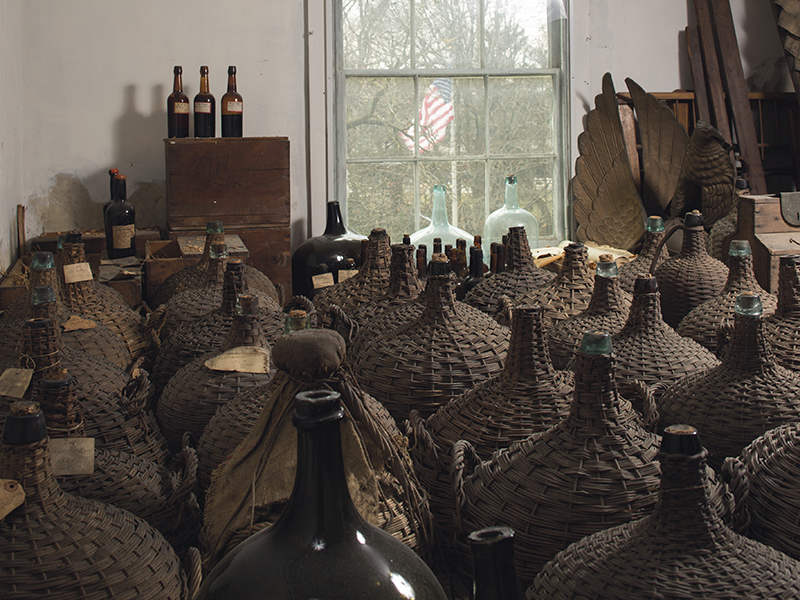
“It is one of the wines that adds value to the art of chefs,” he says, adding that the diverse range of flavors lend themselves to everything from cheese-filled hors d’oeuvres to spicy Asian fare. Ports also make a dazzling contrast to blue cheeses and tart cherry sauces, as well as their classic chocolate pairings.
With their growing popularity, there’s no better time to add fortified wines to the cellar. Many old port wines are still available with vintage bottles remaining a tasty investment, like Dow’s 1974 Vintage Port or the exquisite Fonseca 1985, which is just coming into its own after 33 years. Justino’s Madeira Colheita Malvasia 1997—still considered young by Madeira standards—brings fresh citrus and citrus blossom to the forefront, with hints of saline minerality and grapefruit. For a dessert version, D’Oliveiras 1994 Verdelho is a caramel-hued bottling that bursts with warm, baking spice aromatics, yet remains delightfully light on the palate where sweet citrus leads the way. For a taste of history, there’s nothing better.
Impeccably maintained, this stately vineyard residence includes 12 majestic bedrooms and numerous formal rooms for lavish entertaining. Romantic views stretch right down to the river, past charming gardens with a rich variety of mature trees and flowers. The vineyard produces Loureiro, Trajadura, and Pedreña grape varieties and distributes its own brands. There is also a winery with a tasting room, as well as a staff house, barn house, and warehouses.